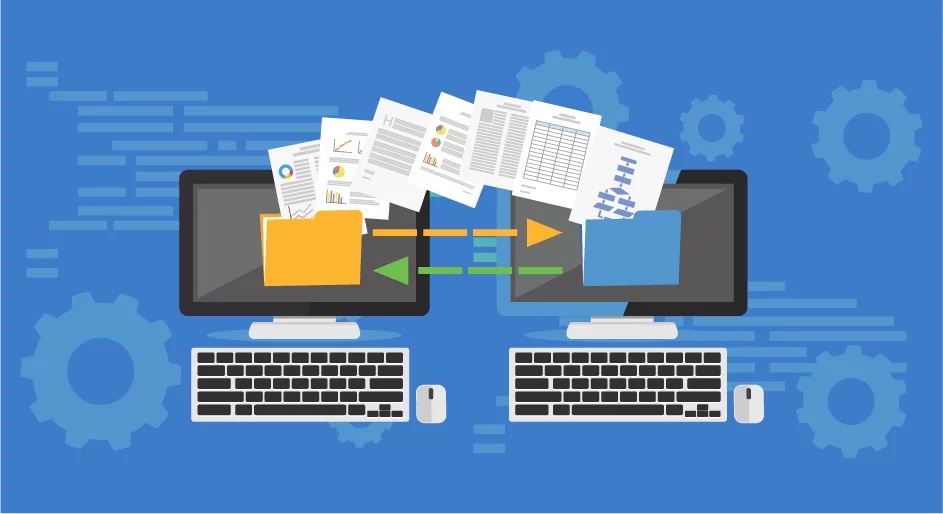Understanding Backup Types - Full, Differential, and Incremental

Implementing a comprehensive backup strategy is essential for safeguarding critical data and ensuring business continuity. In this blog post, we’ll explore the differences between three common backup types: Full, Differential, and Incremental backups.
Full Backup
A Full backup involves copying all data from a source to a destination. It creates a complete replica of the data at a specific point in time, providing a comprehensive backup solution. While Full backups consume more storage space and require longer backup windows, they offer the advantage of quick and straightforward data restoration.
Key Characteristics:
- Captures all data.
- Requires significant storage space and time.
- Provides comprehensive data recovery capability.
Differential Backup
A Differential backup captures only the data that has changed since the last Full backup. It includes all modifications made since the last Full backup, regardless of whether they were part of previous Differential backups. While Differential backups require less storage space and time compared to Full backups, they necessitate longer restoration times as they accumulate changes over time.
Key Characteristics:
- Copies data changed since the last Full backup.
- Requires less storage space and time compared to Full backups.
- Longer restoration times compared to Incremental backups.
Incremental Backup
An Incremental backup captures only the data that has changed since the last backup, whether it was a Full, Differential, or Incremental backup. It backs up only the modified or newly created files since the last backup operation, resulting in minimal storage space and time requirements. However, Incremental backups may lead to longer restoration times, as data recovery involves retrieving multiple backup sets.
Key Characteristics:
- Backs up data changed since the last backup operation.
- Requires minimal storage space and time.
- Longer restoration times compared to Full backups.
Choosing the Right Backup Strategy
Selecting the appropriate backup strategy depends on factors such as data volume, storage capacity, backup frequency, and recovery objectives. Here are some considerations:
- Full Backup: Ideal for critical data that requires frequent access and rapid recovery. Suitable for smaller datasets or when storage space is not a constraint.
- Differential Backup: Balances storage efficiency with data recovery speed. Suitable for moderate-sized datasets with moderate change rates.
- Incremental Backup: Maximizes storage efficiency but may lead to longer restoration times. Ideal for large datasets with relatively low change rates and sufficient bandwidth for data recovery.
Conclusion
Understanding the differences between Full, Differential, and Incremental backups is crucial for designing an effective backup strategy. By evaluating factors such as data volume, storage capacity, and recovery requirements, organizations can implement backup solutions that prioritize data protection, storage efficiency, and recovery speed.
📝 For more information, you can refer to this Nakivo blog post about the different backup types.